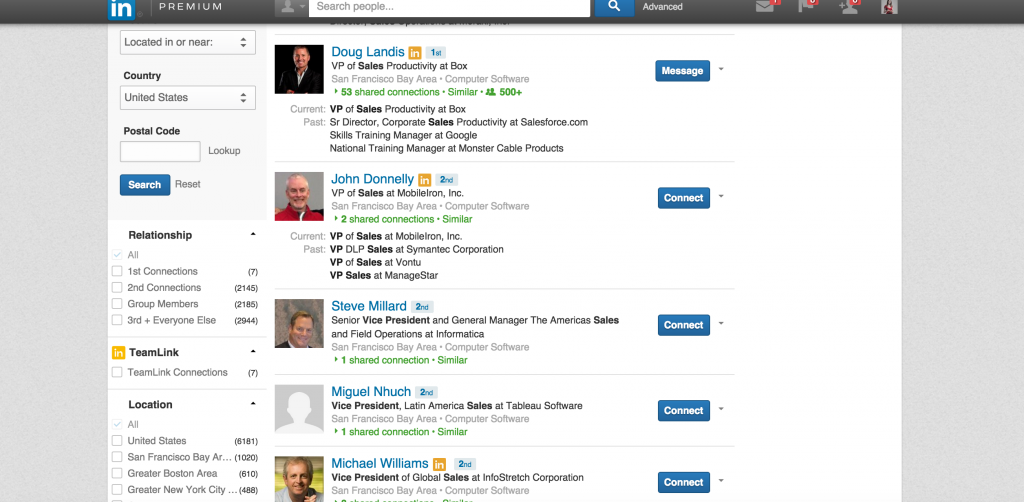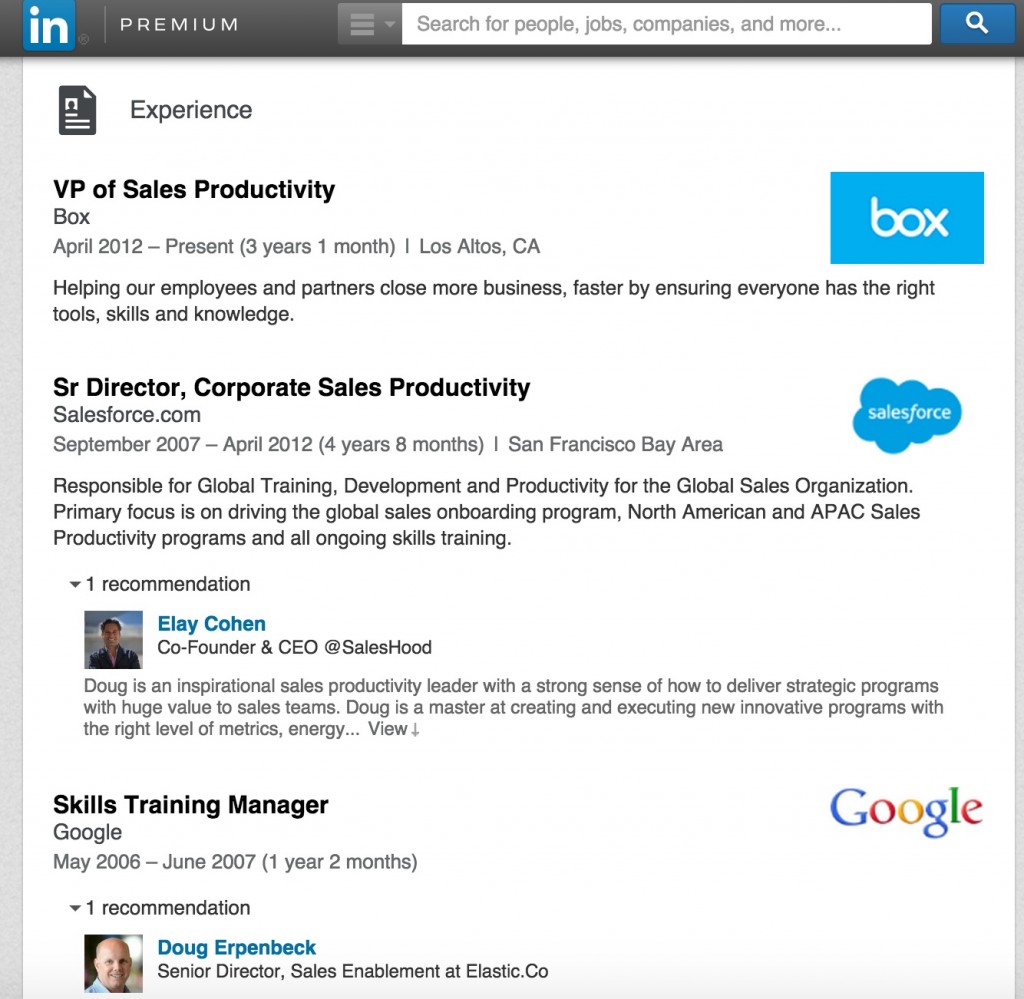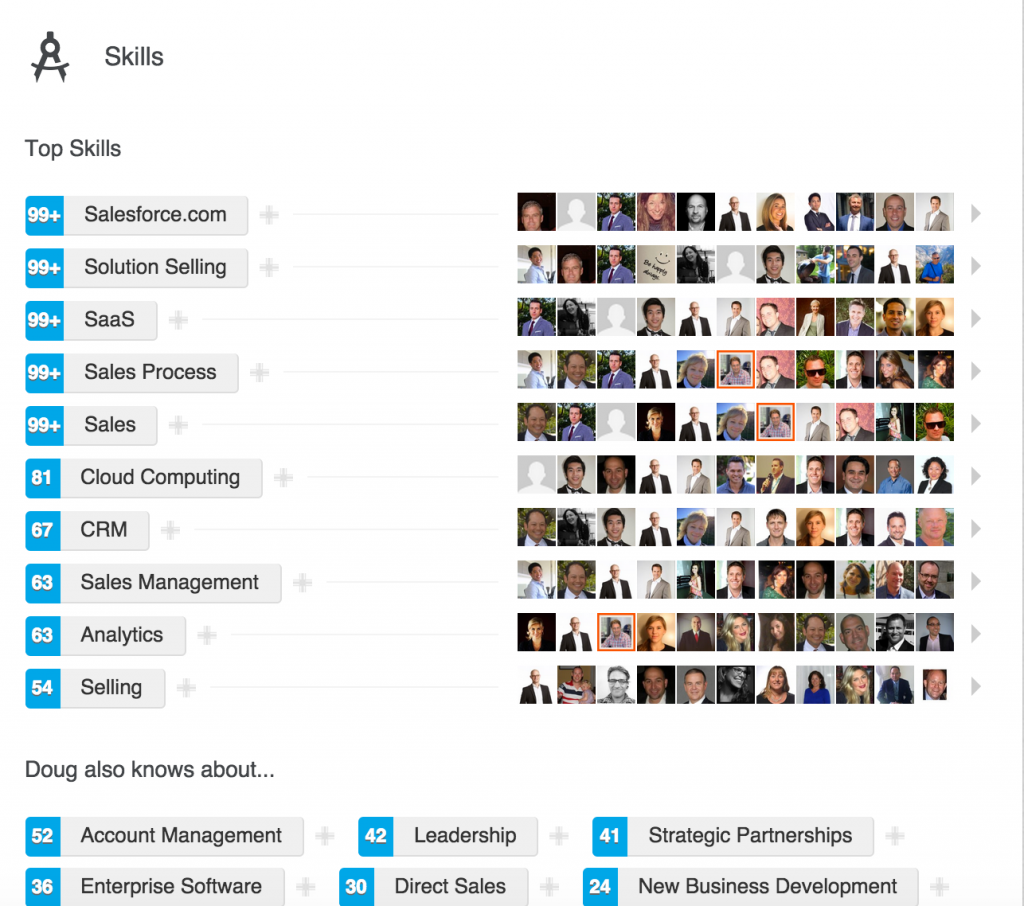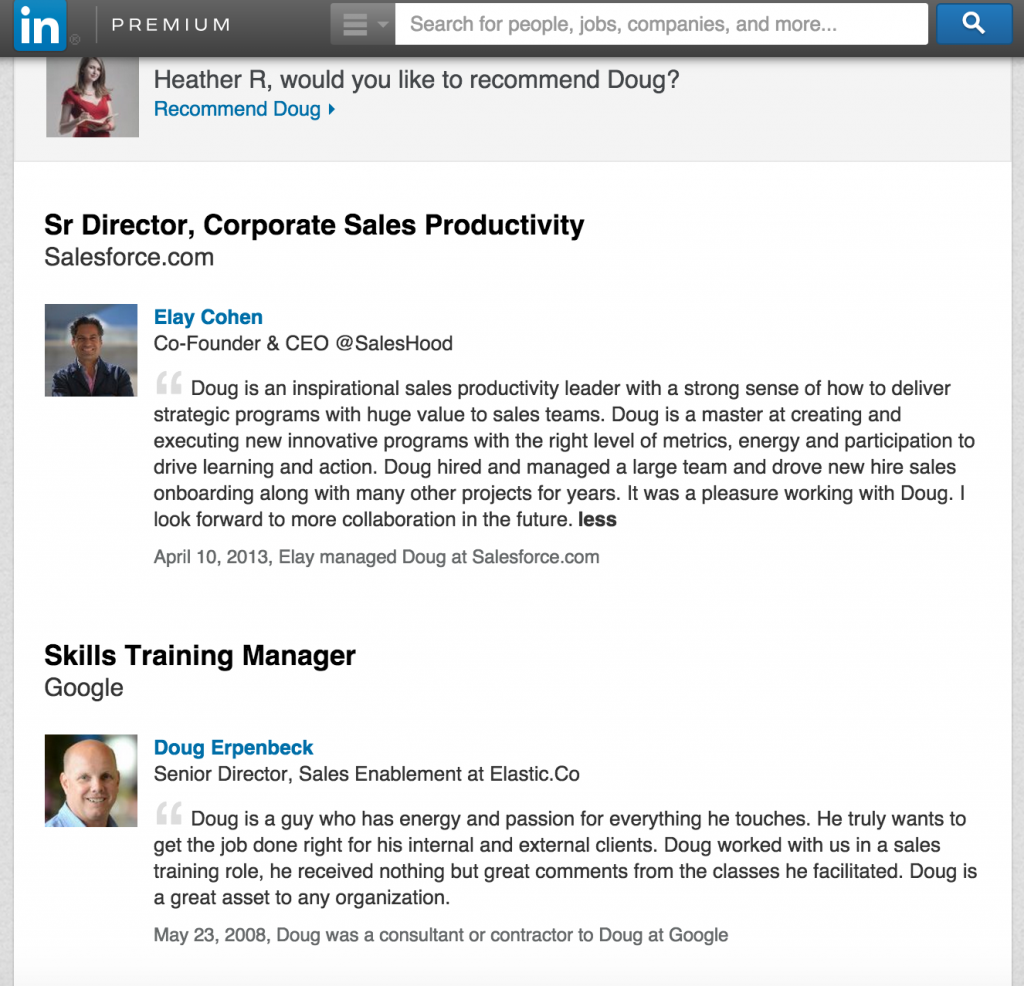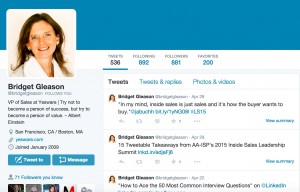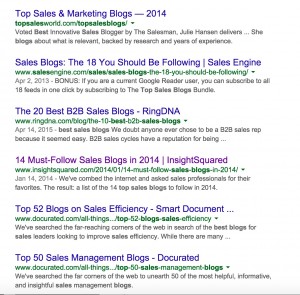How well do you really know your sales prospects?
Do you know that they eat a poppy seed bagel with strawberry cream cheese and cinnamon at that cafe on 2nd and Market, or do you barely even know their first names?
You can’t craft a good cold email if you aren’t thoughtful. The first step to creating a single cold email or building a full-blown campaign is to deeply understand your audience.
Who are you sending cold emails to?
Personal trainers are very different than CEOs, and both are an entirely different creature than a VP of Marketing or Engineering.
Before you start writing any cold emails, you need a crystal clear understanding of who you’re writing to. Without this you’re hopeless.
Step 1: Be Curious About Your Sales Prospects
The best salespeople I know are genuinely curious individuals who are fascinated by their prospects and want to get to know everything about them and their pain points.
Before you start researching your prospects, you should have a few questions in mind. These questions will guide your investigation to make it more effective.
Ask yourself these questions about your audience or “buyer persona” before you start writing an email:
- What title/role am I contacting?
- What size company do they work for?
- What industry are they in? (Is there industry-specific jargon I should include?)
- What are their priorities at this time?
- What pain points do they have? What’s really keeping them up at night?
- How can you solve these pain points?
- What do they read? Who are experts they respect and follow? What do they talk about?
Step 2: Scour Your Sales Prospects’ Social Media
It’s great if you can actually talk to someone who fits the same buyer persona. This could be a friend, colleague, or one of your customers. However, if you don’t have access to these people and need to get started, a great approach is what I like to refer to as “e-stalking.”
Once you have decided what persona you’re reaching out to and what criteria define that persona, make a list of 5-10 people in each buyer persona that you want to contact.
Once you have a list of these people, research the heck out of them.
Go on Linkedin and learn everything you can about them.
For example, when I searched for Vice Presidents of Sales at Software companies with 200-2000 employees, I found some of these people:
Let’s take a look at Doug Landis’ profile. He’s the VP of Sales Productivity at Box.
When doing prospecting research, you want to pay careful attention to your prospects’ “about section” to see how they describe themselves. In Doug’s case, he had a description about Box that was probably written by marketing, so that didn’t tell us a lot. So instead we can look at how he describes his past and present roles:
It’s not a big surprise given Doug’s role as “VP of Sales Productivity,” but Doug’s descriptions and recommendations are very sales driven, and focused on “strategy,” efficiency/productivity, and how he manages various programs. This gives us some clues about his duties at Box, as well as what he cares about and values.
Now let’s look at some of Doug’s skills:
Like the rest of your prospects, Doug’s skills are rich with keywords that tells us about his priorities and what technologies he regularly utilizes in his job. For Doug and other VP Sales at software companies, you’ll notice “Salesforce.com,” “CRM,” “SaaS,” “sales management,” and “leadership” all tend to appear.
These may seem obvious, but it’s important to make careful notes of the keywords on each person’s profile so you can start to see which keywords are repeated across 5-10 profiles to spot trends.
Let’s take a closer look at the recommendations Doug has received:
These recommendations both help you discover more keywords, and also give you a sense of the tone that is used in his industry, department and what KPIs matter to his career. You begin to see how “productivity” and managing programs are a theme for Doug. It’s important that we compare these to the other profiles though to see if Doug is an outlier with a unique experience, or if he has characteristics that are similar across our entire buyer persona.
After you finish 5-10 names of similar profiles you can see if there are any overlapping keywords that you should weave into your email campaign.
Next, hit twitter and google. Parse through their twitter feed to see what kinds of things they share, and pay attention for content type and recurring keywords. See if you can find any blogs they’ve created on Google, and check out their Google+ if they’re active on there. If they’ve spoken at a conference or other things, you can look at that too. The more you know about them, the better off you are.
Let’s analyze a few Twitter profiles from other VPs of Sales. I’ll look at Bridget Gleason from Yesware.
Here’s what you’d find after searching just 5 minutes on Twitter:
- Bridget recently attended the AA-ISP 15 conference
- She seems to be focused on hiring, since she’s posted a number of articles about interview questions
- Bridget highly values professional self-development based on the type of content she is consuming and sharing on Twitter
- She is very data-driven: “Data almost always matches my intuition.” (April 21 tweet)
If you’re targeting a particular industry, research that industry a bit too. If you’re looking at salespeople, research things like “Top 10 sales influencers” or “Top 10 sales blogs.”
Forums are also a great place to look. Once you decide which forums to look at, you should search them internally for specifics. Quora, Reddit, and Linkedin Groups are great places to start looking.
Step 3: Take a Tour of Your Prospects’ Offices…Virtually
You need to understand your prospects’ environment if you’re going to grasp their mindset.
If I’m looking at software or technology companies, I typically start out by searching Crunchbase to see if they have any recent news or funding, but you also want to do a google search and visit their website. If their company has a blog, try to parse it for topics and tone, paying special attention to any blogs that are popular.
Learn to read like a writer. For every piece of content that’s being created and shared, you want to analyze the intention or goal behind it.
If someone posts an article called “5 Ways to Prospect Smarter,” their business is probably somehow related to sales or prospecting. After examining the company blog, product page, and price page (assuming they have them), try to determine what each company is trying to accomplish and who they’re selling to.
Then go a layer deeper and think about what their customers goals and pain points are, and how they’re trying to solve them with their product. This also helps you make sure this is indeed the correct audience/person for you to be reaching out to.
After you’ve gathered all this information and taken extensive notes, you’re ready to start thinking about how to create your cold emails. Skipping this step will make your cold email campaign a guaranteed flop.
Step 4: Make an Imaginary Friend & Write to 1 Person
This simple tip will make writing cold email campaigns so much easier.
Instead of trying to write an email that appeals to thousands, hundreds, or even just dozens of people, focus your message on a single person. Try to imagine everything you can about that person–from their morning routine to how they interact with their boss and their colleagues. The more you can imagine every detail of their life, the better the emails will be.
Do whatever you need to do in order to accomplish this—name them, print out a photo, draw a picture…whatever works for you.
Don’t worry about being too specific or narrow. The more you can feel you know this individual, the better your emails will be. It’s best not to think too much when you’re writing.
I always tell my friends and clients, “Write drunk, edit sober.”
Once you write the email, you can always go back and check your results against other names in your list to make sure what you wrote also works for them.
We have a great Buyer Persona Research Worksheet that you can use to build your own buyer personas based on the same internal methods our copywriters use when researching an email campaign. (All you have to do is create a free account on the SalesFolk Cold Email Crash Course, and you’ll be able to get that worksheet and preview other lessons in the course for free.)

